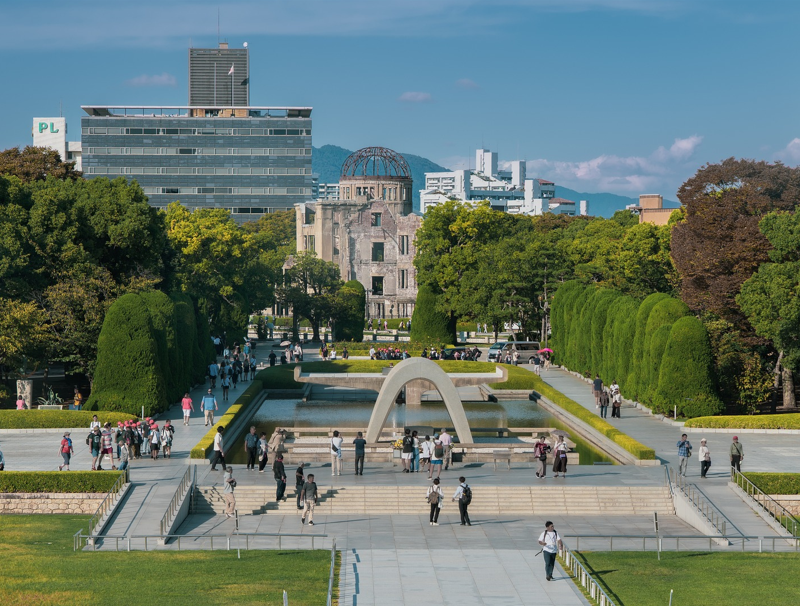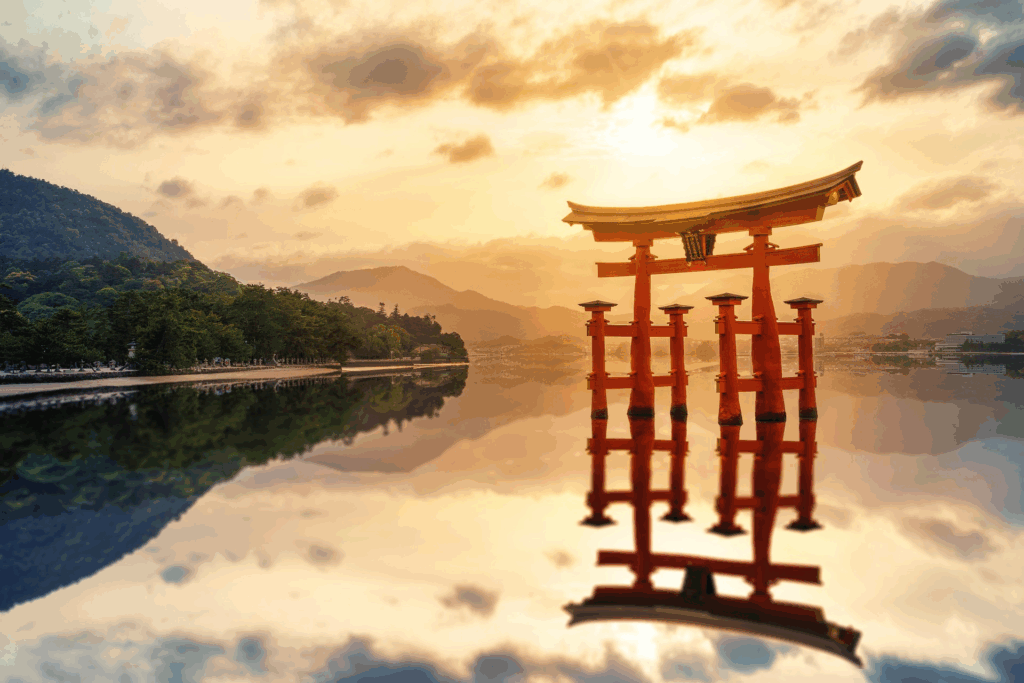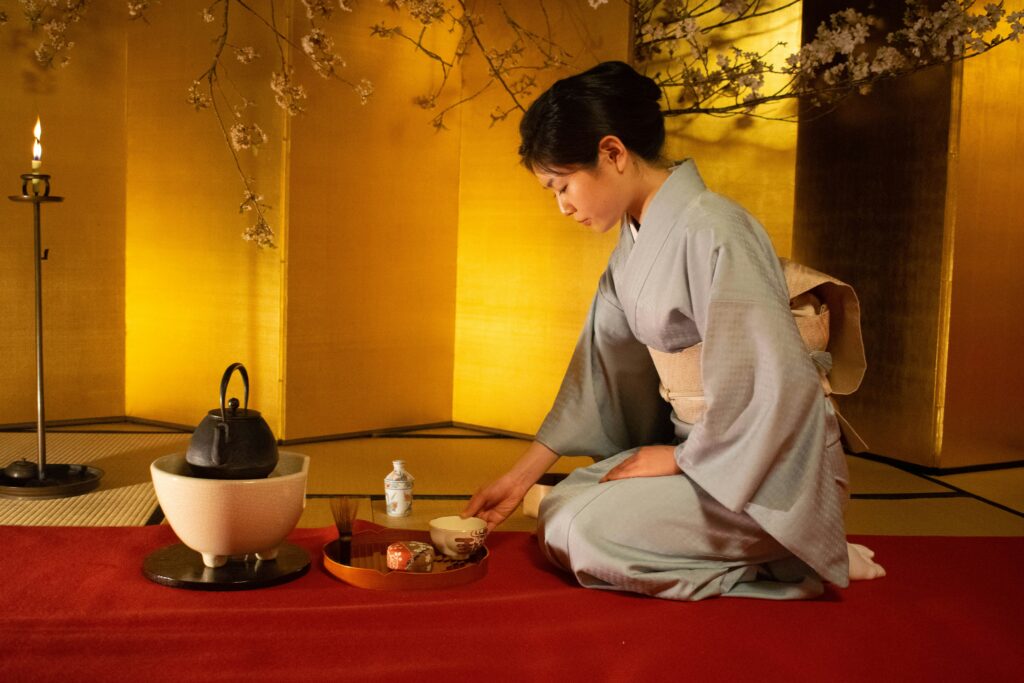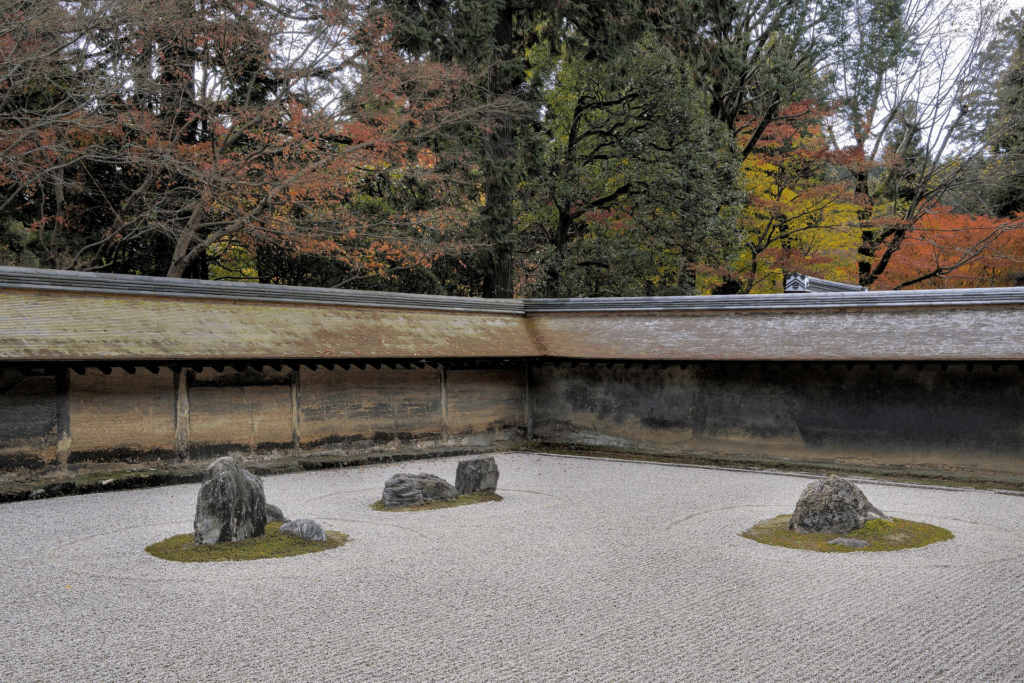
There are places where silence speaks louder than words.
Hiroshima is one such place.
This city, shaped by rivers and wind, holds memories not only of devastation,
but of ordinary life, of breath and light, of resilience.
To walk its bridges and feel its breeze
is to sense a quiet presence—
not just of what was lost,
but of what still endures.
This is not a history lesson.
Nor is it a reckoning.
It is a journey through stillness,
a reflection on the essence of war,
and a prayer for peace that begins again
in the wind and rivers of this city.
The City Shaped by Rivers and Wind
There is a particular stillness in this riverside city.
Six rivers spread into the town like an open fan,
flowing gently onward to the Seto Inland Sea.
A breeze scented with salt crosses the streets,
and the clear waters descending from the mountains
bring a quiet tenderness to everyday life.
Stand on any bridge and you’ll see the distant ridgelines
softening into shades of blue,
with the islands of the Seto Inland Sea beyond them,
their shapes shifting subtly in the evening light.
Hiroshima has long been known as the City of Water.
A place where water, light, and wind
move together as if sharing a single breath.
The City Shaped by Rivers and Wind
Nature’s gifts were abundant.
From mountain harvests to treasures of the sea,
this land was richly blessed.
Oysters, among the finest in Japan, thrive here;
in winter, dark floating rafts line the calm waters,
quietly cradling the sea’s bounty.
Nearby islands are famed for their lemons—
their bright, resilient flavor echoes
the character of this region itself.
The rivers provide delicious water,
ideal for sake brewing.
In Saijō and other historic brewing towns,
old kura warehouses stand side by side,
and each autumn the entire town
fills with a warm, mellow fragrance.
The City of Water was also a city of sake.
The City Shaped by Rivers and Wind
Look left from the bridge and beyond the mountains
lies the port city of Kure—
a shipbuilding town shaped by the Seto Inland Sea.
It was here, in a quiet inlet,
that the battleship Yamato, once among the world’s largest,
was constructed.
A vessel born on calm waters
and returned to calm waters.
In this landscape, light and shadow
have always lived side by side.
A Neighborhood That Once Lived Here
And the Peace Memorial Park—
a place visited by millions today—
was once simply a neighborhood.
Nakashima-chō, Zaimoku-chō, Tenjin-chō, Sarugaku-chō…
Encircled by rivers and bridges,
this area bustled as Hiroshima’s lively center:
shops, cafés, cinemas, inns,
and aizome indigo-dye workshops lined the streets.
Morning began with the tofu seller’s horn,
and baskets of vegetables and fish
filled the riverside market.
Children crossed bridges on their way to school,
and in summer they cooled their feet in the shallows
before heading home.
At dusk, shop windows glowed softly,
the scent of simmering dishes drifted from restaurants,
and shamisen music spilled from back alleys.
A peaceful, ordinary life breathed here.
A Temple Called Seiganji
Where the Hiroshima Peace Memorial Museum stands today
once stood Seiganji, a Jōdo-sect temple.
Tall ginkgo trees cast long shadows across its grounds.
On memorial days people came and went,
and the temple bell quietly marked the hours of the town.
Around it were kimono shops, inns,
and the everyday pulse of local life.
What Hiroshima’s Silence Teaches Us About War
To stand there now is to feel a faint ache of memory
riding on the breeze.
The silence is deep, and gentle.
It is not a silence that speaks of loss alone,
but one that holds the countless daily moments
that once truly existed.
Before Hiroshima’s stillness,
one realizes that the essence of war
is not in arguing who was right or wrong.
Hatred begets hatred,
fear multiplies fear,
and conflict rises where human frailty overlaps.
For this very reason,
peace cannot grow from the extension of anger.
A will toward the future
has always begun with a quiet prayer.
A Prayer at the End of the Journey
The silence of Hiroshima
is not meant to bind us to the past.
It endures as a point of departure—
a place the world can return to,
where prayer begins again
in the wind and rivers of this city.
At the end of my journey, I stand within this silence.
And I pray—
to affirm the future as a fellow human being.
May this prayer reach someone else’s quietness,
somewhere.
This article may contain affiliate links. For details, please see our Affiliate Disclosure.


